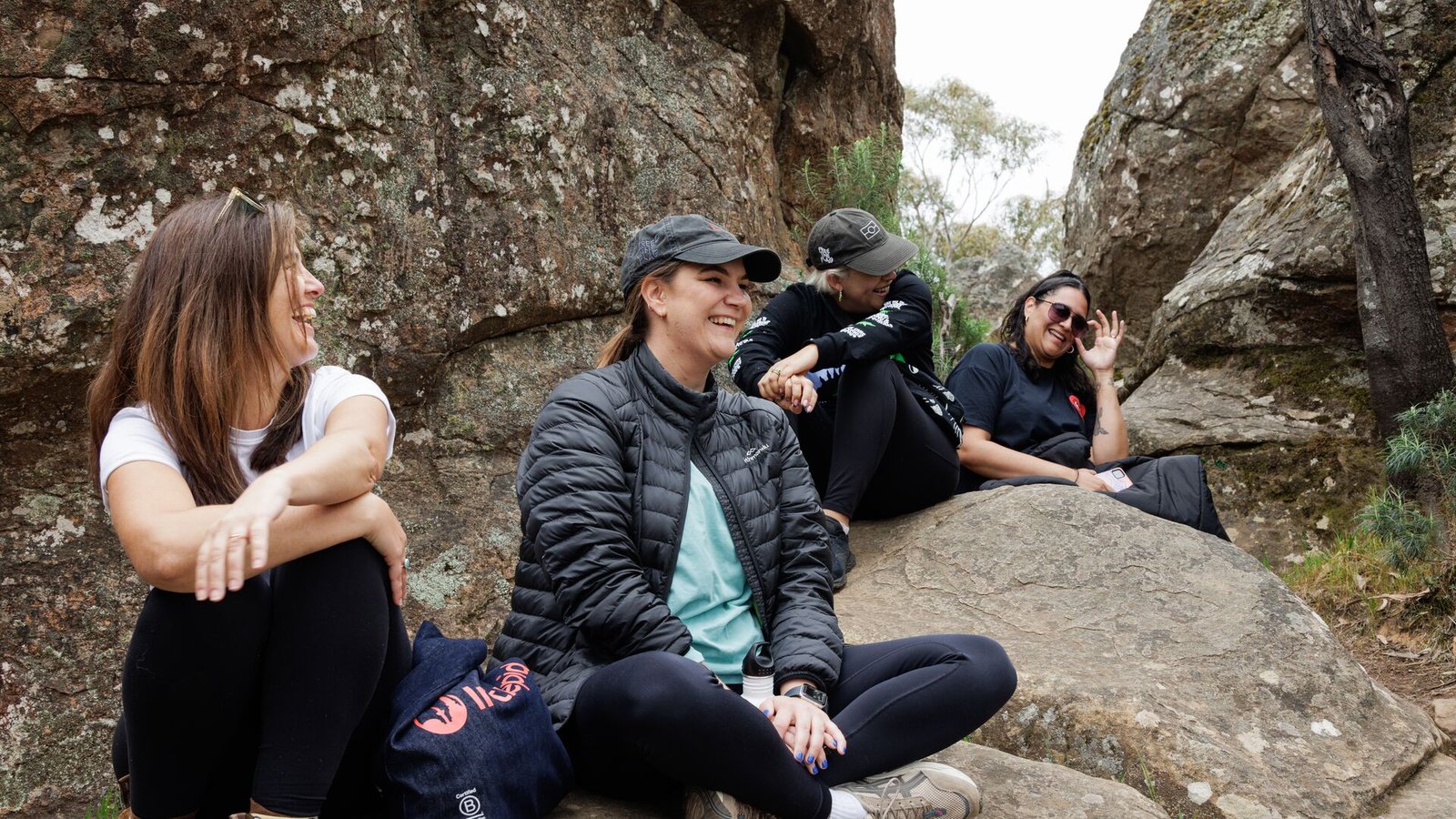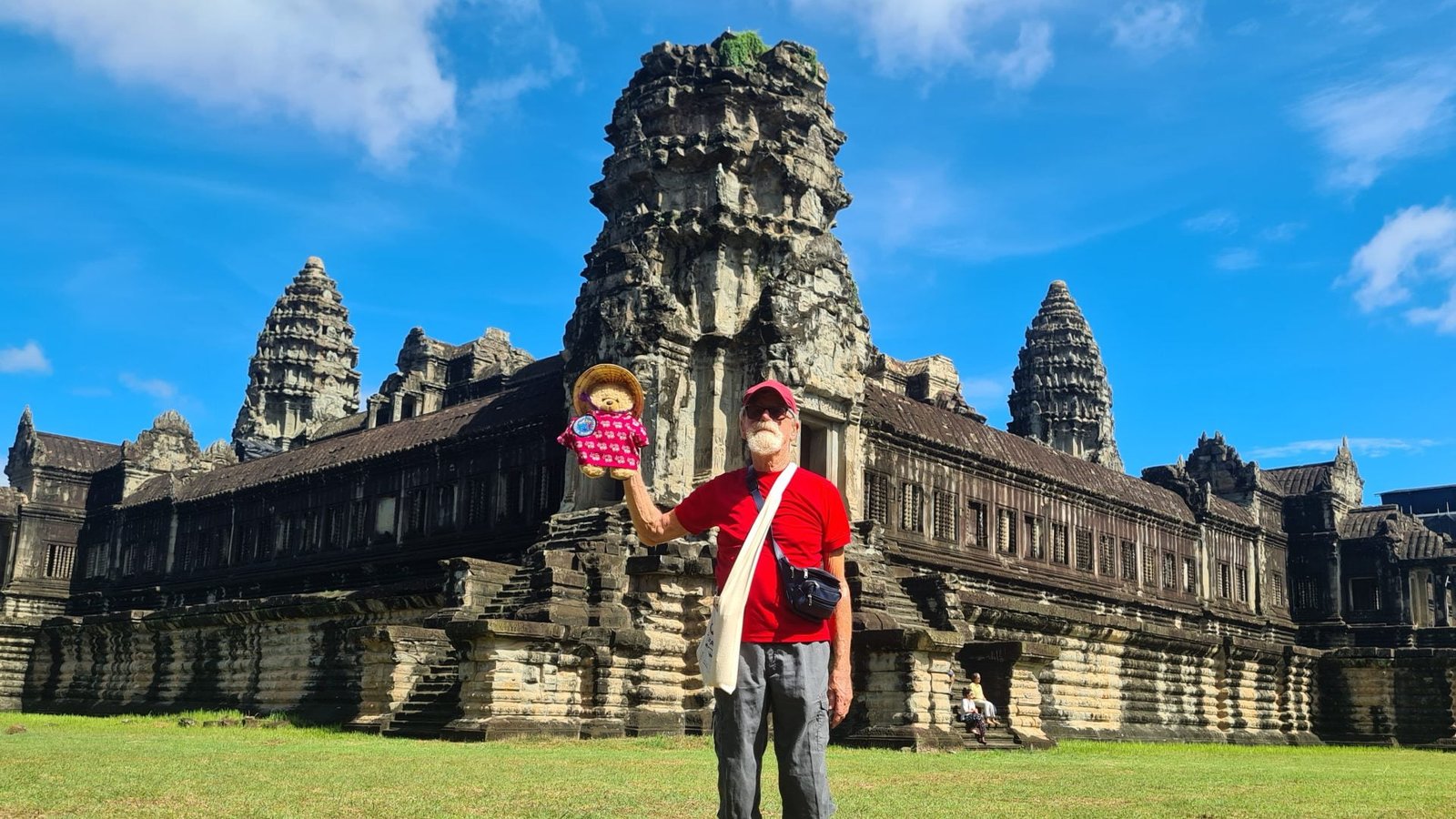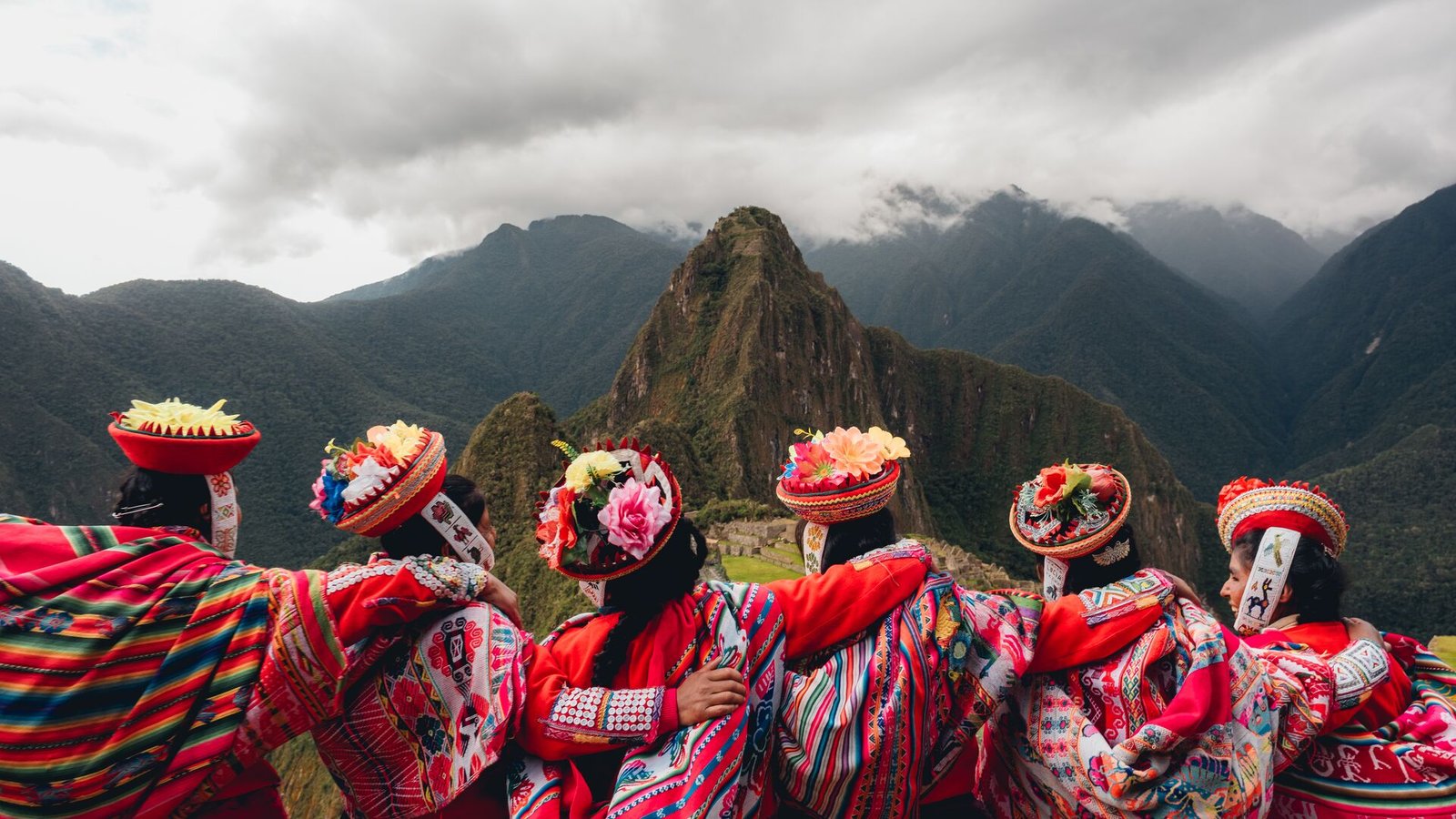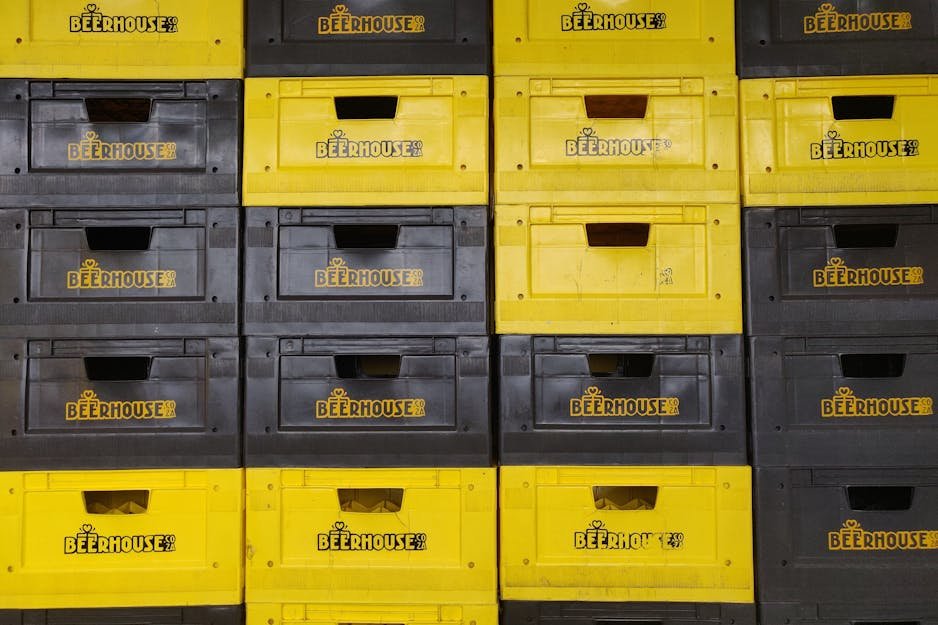[ad_1]
Today marks the one-year anniversary of the first images shared from the James Webb Space Telescope, and to celebrate this milestone NASA has shared yet another gorgeous image of space captured by Webb.
The new image shows a star system called Rho Ophiuchi; a busy region where new stars are being born amide swirls of dust and gas. Located just 390 light-years away, Webb was able to capture the region in stunning detail using its NIRCam instrument.

The region is made up of multiple star systems, with large amounts of gas such as molecular hydrogen, which is shown in red. As stars are formed in the swirl of dust and gas, they give off light and radiation in a phenomenon called stellar wind. This wind blows away material from around the young stars, both preventing other stars from being formed too nearby and also sculpting the dust and gas into distinctive shapes.
Particularly bright bursts of energy are given off by young stars which form jets, throwing out material from both poles and creating the red streaks of molecular hydrogen at the top and right of the image.
Stars are the only objects being formed in this image though. Several of the stars also have shadows around them which indicate the presence of protoplanetary disks. These disks of dust and gas form around a star, gradually growing over time due to the star’s gravity. Clumps start to form within the disk, beginning with tiny particles and building up to become larger and larger over time. Eventually, the clumps can gain enough mass to form a solid core, creating the basis for a new planet. So the systems in this image include not only new stars but also forming planets as well.
There are a total of around 50 young stars shown in the image, each of them similar to our sun. The clouds of dust around the stars are warmed by their radiation, with bright infrared sources which Webb is able to pick up on thanks to its infrared instruments.
Editors’ Recommendations
[ad_2]









